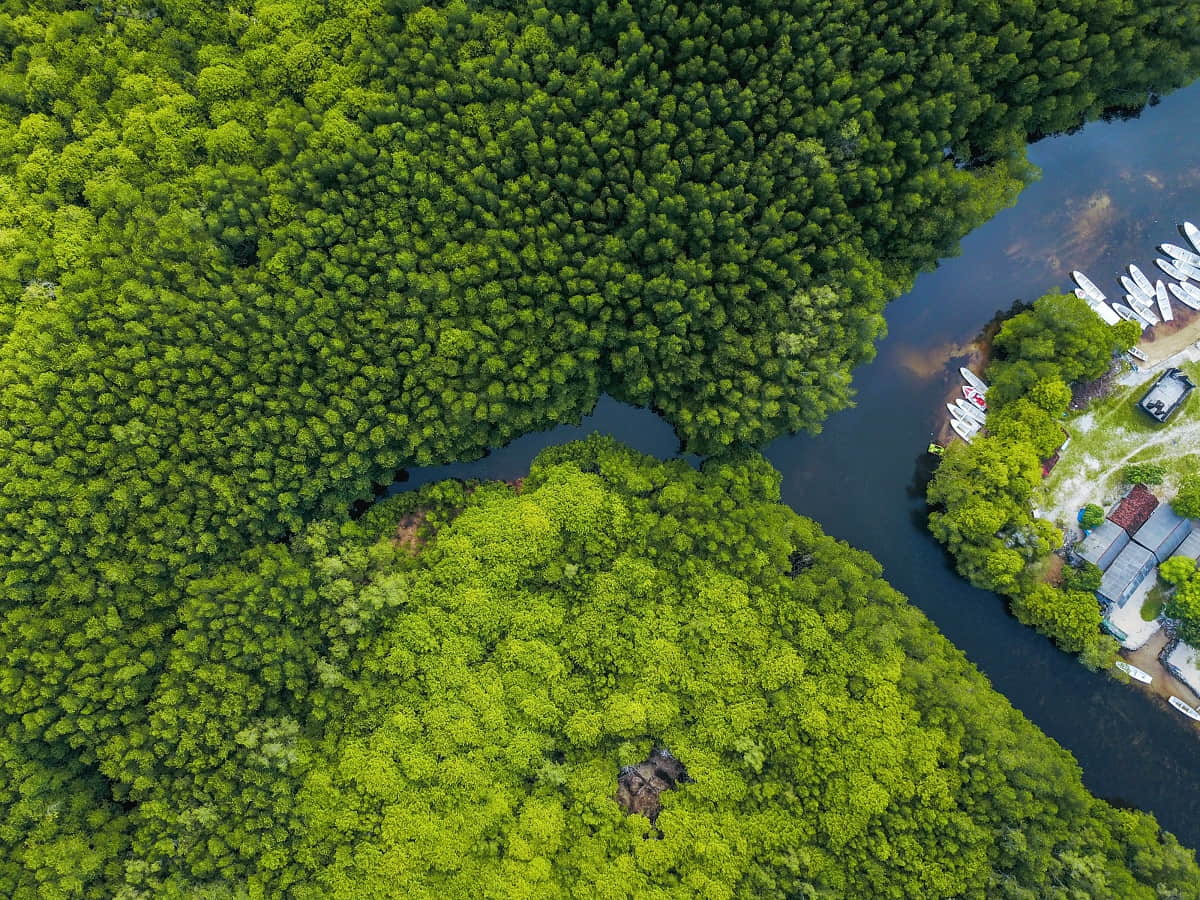In response to the looming trillion-dollar global climate finance shortfall, a broad array of policymakers, international bureaucrats, environmentalists, and financial institutions have called for the urgent scaling up of private climate investments.
The logic of private finance mobilisation starts by recognising that developing countries will need climate finance “amounting to US$5.8–5.9 trillion up until 2030”. In the face of such eye-watering sums, private finance offers an enticing solution. By leveraging comparatively small government financing into substantial private investments, governments and international organisations can turn “billions into trillions”, sidestepping the problem facing developed countries of how to justify domestically the global redistribution of trillions of dollars.
Alternatively, developing countries have advocated for a suite of multilateral measures, including sovereign debt cancellation, the redistribution of IMF-issued Special Drawing Rights (SDRs), increased concessional development financing, and even global carbon taxes. These proposals are often perceived to be concerned with global justice and equity, as opposed to efficacy. However, this distinction becomes blurred when the US$5.8–5.9 trillion climate finance needs of developing countries are interrogated more closely.
According to a 2021 UN report, the two most important climate transition needs in developing countries are capacity building and technology transfer and development. In fact, finance needs rank a distant third as a proportion of the US$5.8–5.9 trillion total. There is scant evidence to suggest that private capital can fill this financing gap without a rapid expansion in public investments and locally led initiatives.

The core problem for private climate finance mobilisation constitutes a lack of “bankable”, investment-ready projects. As developing countries call for debt relief and increased multilateral financing, the private sector therefore calls for more government and multilateral support to create private project pipelines. Building these pipelines requires robust local capacity and grant financing to originate and prepare projects. But importantly, pipeline development cannot solve endemic failures in financial markets for sectors such as electricity transmission and distribution.
At a project level, the cost of financing clean energy infrastructure remains concerningly high, even for middle-income countries such as India and Brazil. In this context, private finance-led approaches require that governments and international institutions absorb an exceedingly large share of project risks to entice private capital. Local governments are also made to redirect scarce financial and planning resources in an often-unsuccessful attempt to make sure that their money is spent wisely.
For climate adaptation, private capital is an even riskier gamble. Despite the trillions required to adapt to the impacts of climate change, private capital accounts for a mere 1.6 per cent of all adaptation financing, of which the majority has flowed to developed countries. Investments in early warning systems, global mangrove and forest protection, and water resilience projects are ill-suited to private financing. Private capital would only flow following public spending on climate risk and vulnerability data analysis, project pipeline development, and the establishment of regulations that support new markets. However, the need for adaptation investments is immediate and requires large-scale public investment to ensure that developing countries are not left to face the worst of the climate crisis while waiting for the private sector to catch up.
Across climate adaptation and mitigation projects, expanded public fiscal and technical capacity is key to optimising existing climate projects. These projects have been plagued by limited monitoring, high levels of corruption, and chronically low local support. The recent Better Accountability, Better Finance report claims that up to US$12 of climate finance could be saved for each dollar spent on green accountability practices. Ramping up investments in data and monitoring infrastructure, creating bodies for local consultation, and increasing financial transparency would all significantly enhance the impact and sustainability of climate finance programs. The evidence is clear: bolstering state capacity, alongside project and institutional accountability, is a prerequisite for effective global mitigation efforts. This can only be achieved by significantly expanding existing pools of public and multilateral finance.
Private finance is clearly no panacea for the climate crisis. It is no wonder that the developing countries have long called for far more drastic levels of public and multilateral financing. Rather than seeking to pursue global economic justice alone, developing countries have been acutely aware that trillions of developed country government dollars need to be put on the table. If developing country financing asks are honoured, US$5.8–5.9 trillion would be well within reach. But the challenge remains getting developed countries on board. Proposals such as political economist Dani Rodrik’s “bridging compact” hold some promise, although any equivalent global consensus could only emerge following the recognition that a private finance-centred approach doesn’t provide a workable alternative.

